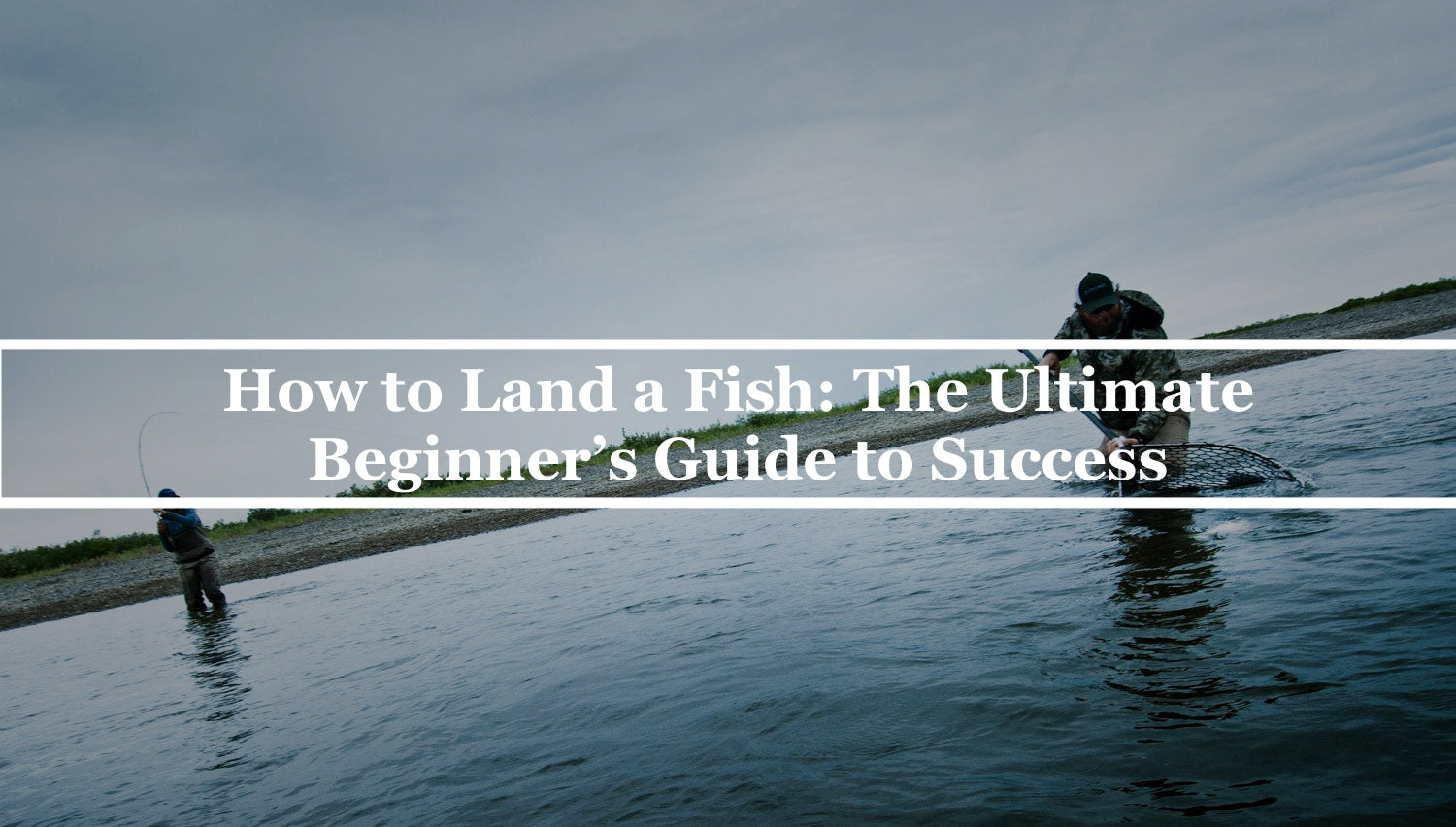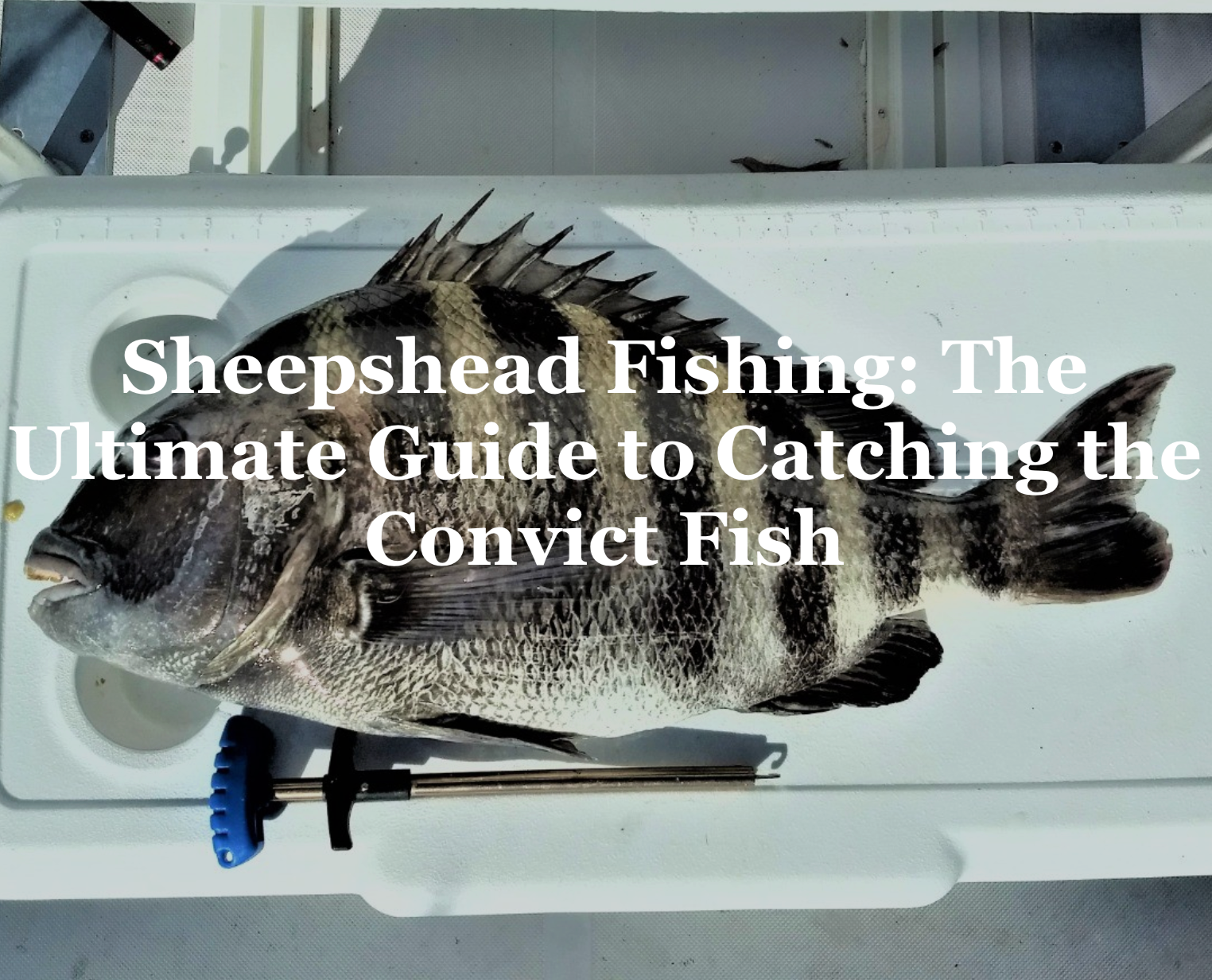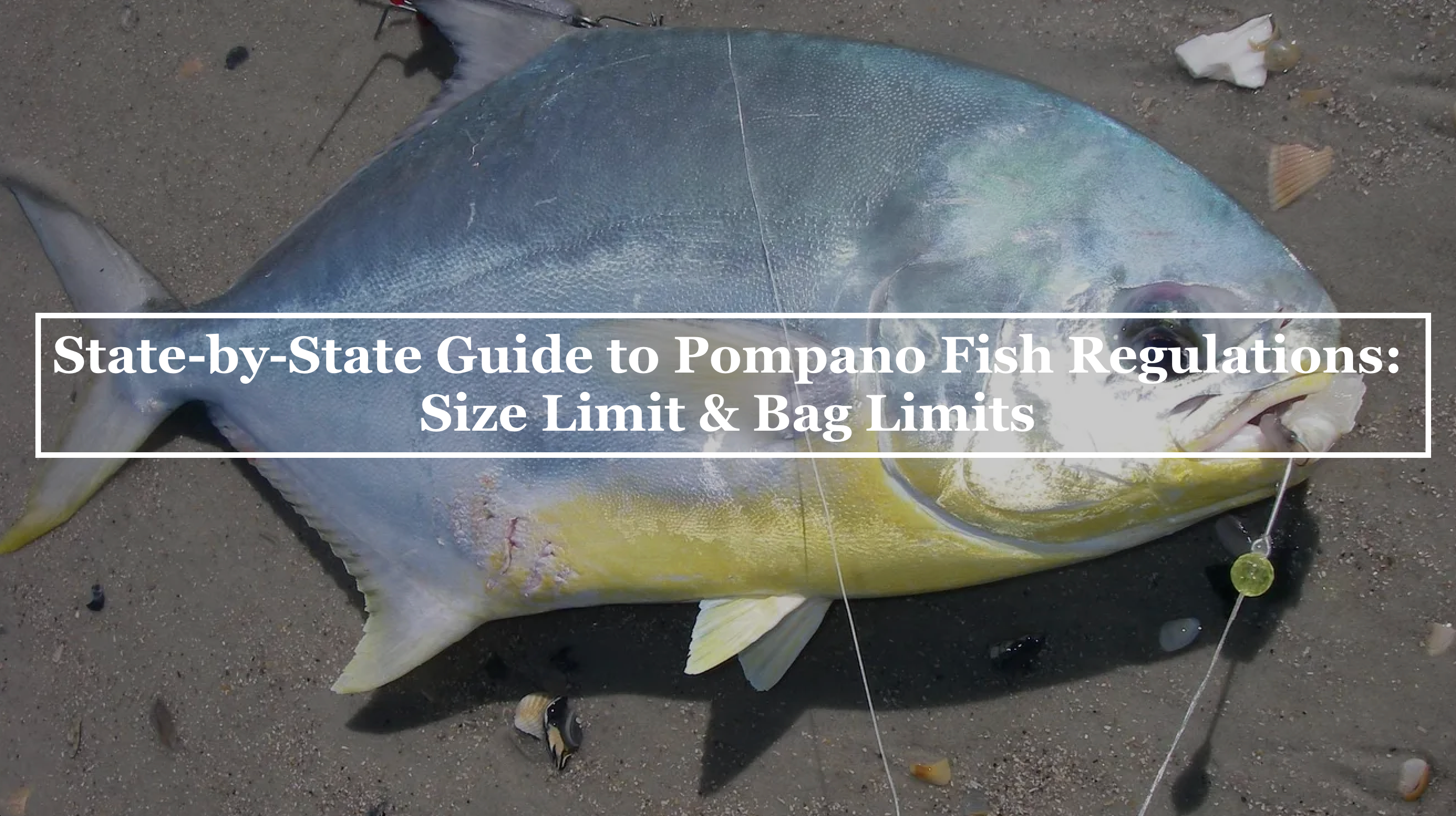Landing a fish is the thrilling climax of any fishing trip—the moment your patience and skill pay off with a catch in hand. For novices learning how to land a fish, this step can feel intimidating, but with the right fishing techniques, it’s an achievable skill that transforms bites into trophies. Whether you’re battling a bass with a fishing rod or wrestling a trout on a fly fishing setup, this ultimate guide covers everything fishing for beginners needs to master landing fish. From fish handling to avoiding snapped fishing lines, we’ve packed this blog with fishing tips to ensure success, including specific strategies for net fishing, going netless, and tackling big fish. Let’s dive in and make your next catch a keeper!
Why Landing a Fish Matters

The art of landing fish is about more than just pulling a fish from the water—it’s about doing it safely and effectively for both you and the fish. A poor landing can snap your fishing line, injure the fish, or leave you empty-handed. For fishing for beginners, mastering how to land a fish builds confidence and sets the stage for ethical fish handling, whether you’re keeping your catch or releasing it. Understanding your fishing rod, line strength, and the fish’s behavior ensures every fight ends with success, making each trip a story worth sharing.
How to Land a Fish Without a Net

Not every angler has a net handy, but you can still excel at how to land a fish without one. Start by tiring the fish out—keep steady pressure with your fishing rod to let it fight against the drag until it slows. Once it’s close, guide it toward shallow water or a smooth bank where you can reach it. Use wet hands or gloves to protect the fish’s slime coat, gripping gently behind the gills or under the belly for smaller species like panfish. For larger fish like bass, avoid sudden pulls that could break your fishing line. Instead, lift smoothly when the fish is calm, supporting its body to prevent injury. This fish handling technique minimizes stress and works in open water or from a pier, as you’ve explored in prior pier fishing content.
Fishing Tip: Practice in calm, shallow areas to build confidence without a net.
How to Land a Fish Without Breaking Lines

A snapped fishing line is every angler’s nightmare, but with smart fishing techniques, you can avoid it. First, ensure your drag is set correctly—loosen it to about 25% of your line’s test strength (e.g., 2-3 lbs for a 10 lb line) to absorb sudden runs. During the fight, keep your fishing rod tip up at a 45-degree angle to maintain flexibility and prevent line stress. Don’t reel when the fish pulls hard; instead, let it run while applying steady pressure. For catching fish close to structure like docks, steer them away gently to avoid abrasions. Regularly inspect your fishing line for nicks or frays before fishing—replace it if worn. These steps keep your line intact, even under pressure.
Fishing Tip: Test your drag by pulling the line by hand before casting—it should give without snapping.
How to Land a Big Fish with a Light Line

Landing a big fish on a light fishing line (e.g., 4-8 lb test) is a challenge that rewards finesse. Start with a low drag setting to let the fish run without breaking the line—big fish like catfish or redfish need room to tire out. Use a long, flexible fishing rod to absorb shocks from sudden lunges, keeping the tip high to maintain a bend. Patience is key: don’t force the fish in too soon. Guide it slowly toward you, reeling only when it’s not pulling. When it’s near, use your free hand or a partner’s help to scoop it onto shore or into a boat, avoiding sharp jerks. This landing fish technique turns light-line battles into victories, even for beginners.
Fishing Tip: Keep your reel spool full—a low spool reduces line strength under tension.
How to Get the Fish on Land

Getting a fish onto land is the final step in how to land a fish, and doing it right prevents lost catches. Once the fish is tired—showing slow, side-to-side movements—guide it toward a flat, accessible shore or bank. If fishing from a pier, as you’ve previously explored, lower the fish gently to avoid stressing the fishing line. For small fish like bluegill, lift them smoothly with the rod, using wet hands to grab them. Larger species like bass require you to kneel and scoop under the belly, supporting their weight to avoid damaging their organs. Avoid dragging fish across rough surfaces—it harms their slime coat. Proper fish handling here ensures a healthy catch or release, aligning with sustainable practices you’ve emphasized in past catch-and-release content.
Fishing Tip: Clear rocks or debris from your landing spot to protect the fish.
How to Land a Fish on a Fly Rod

Fly fishing adds a unique twist to how to land a fish, as the delicate fishing rod and light tippet demand extra care. After hooking a fish like a trout, keep the rod tip up to use its flex, letting the fish run against a light drag to avoid snapping the tippet. Reel in line only when the fish pauses, maintaining steady pressure to tire it out. Avoid high rod angles—keep it at 30-45 degrees to prevent breakage. When the fish is close, guide it to shallow water or a calm pool, using a small net if available or wet hands for fish handling. For fishing for beginners in fly fishing, practice with smaller fish to master the finesse of landing fish on light gear.
Fishing Tip: Use barbless hooks on your fly rod for easier, safer fish release.
Top Fishing Techniques for Landing Success
Success in landing fish hinges on preparation and adaptability. Always check your fishing line and knots before fishing—weak connections fail under pressure. During the fight, stay calm and avoid sudden movements that could jolt the fish into a desperate run. If using net fishing, position the net underwater and guide the fish’s head in first to avoid spooking it. For all methods, keep your landing area clear of obstacles like branches or sharp rocks. These fishing techniques ensure smooth catches, whether you’re on a boat, shore, or pier.
Common Mistakes to Avoid When Landing a Fish
Beginners often stumble when learning how to land a fish. Over-reeling during a strong run can snap your fishing line, so let the fish take line when needed. Lifting fish too soon—before they’re tired—risks losing them to a final surge. Dragging fish onto dry land without support harms their slime coat, so always use wet hands or a net. Ignoring drag settings is another pitfall—test and adjust before every trip to match your fishing rod and line strength.
Why Mastering How to Land a Fish Matters

Mastering how to land a fish isn’t just about bragging rights—it’s about building skills that make fishing rewarding and sustainable. For fishing for beginners, it’s the bridge from hooking to holding your catch, turning effort into triumph. With the right fishing techniques, a tuned fishing rod, and careful fish handling, you’ll land fish confidently while respecting the resource, as you’ve valued in prior sustainable fishing content. Grab your gear, practice these tips, and land your next fish like a pro!






Share:
How to Release a Fish: A Beginner’s Guide to Catch and Release
How to Surf Fish: Beginner’s Guide to Surf Fishing